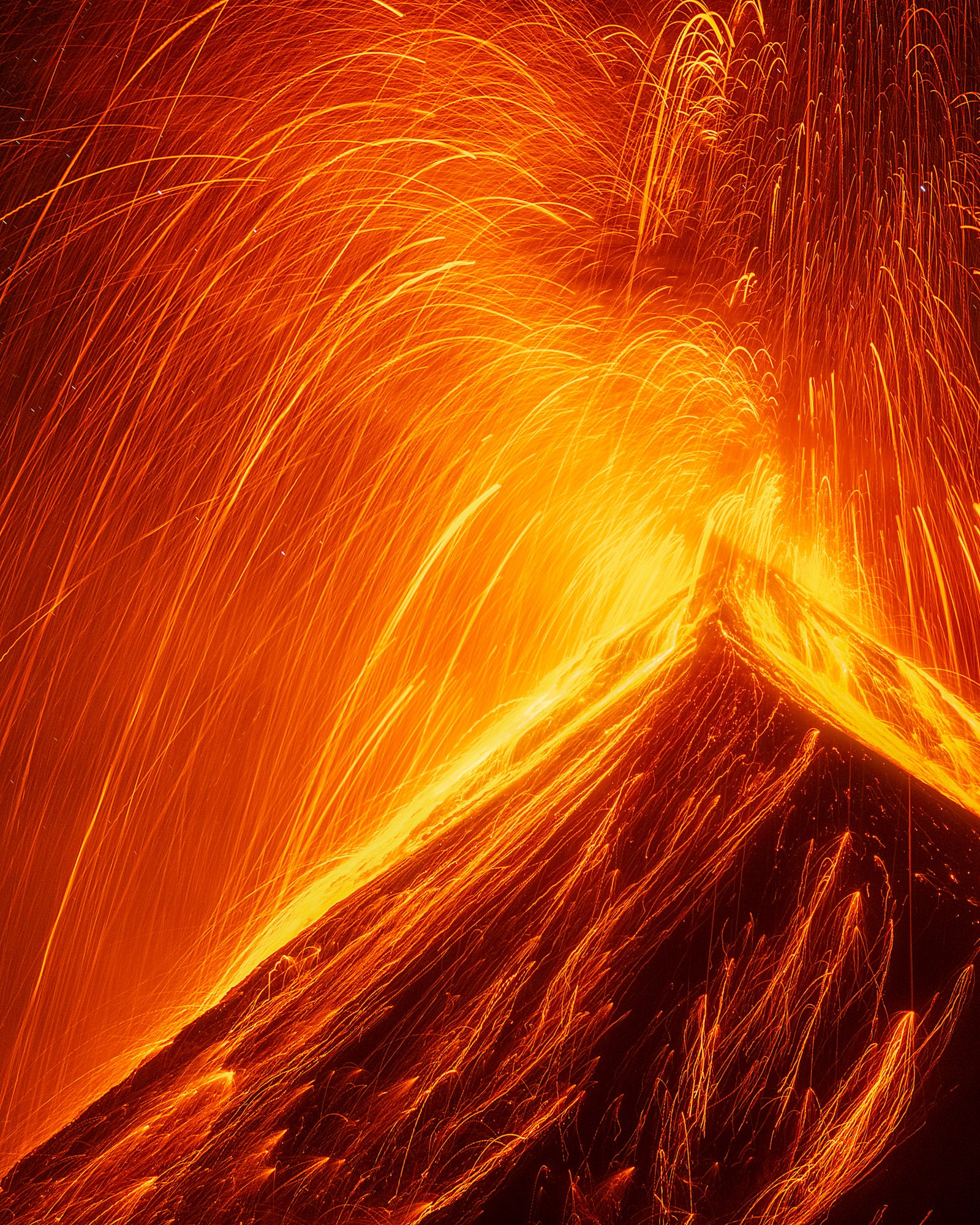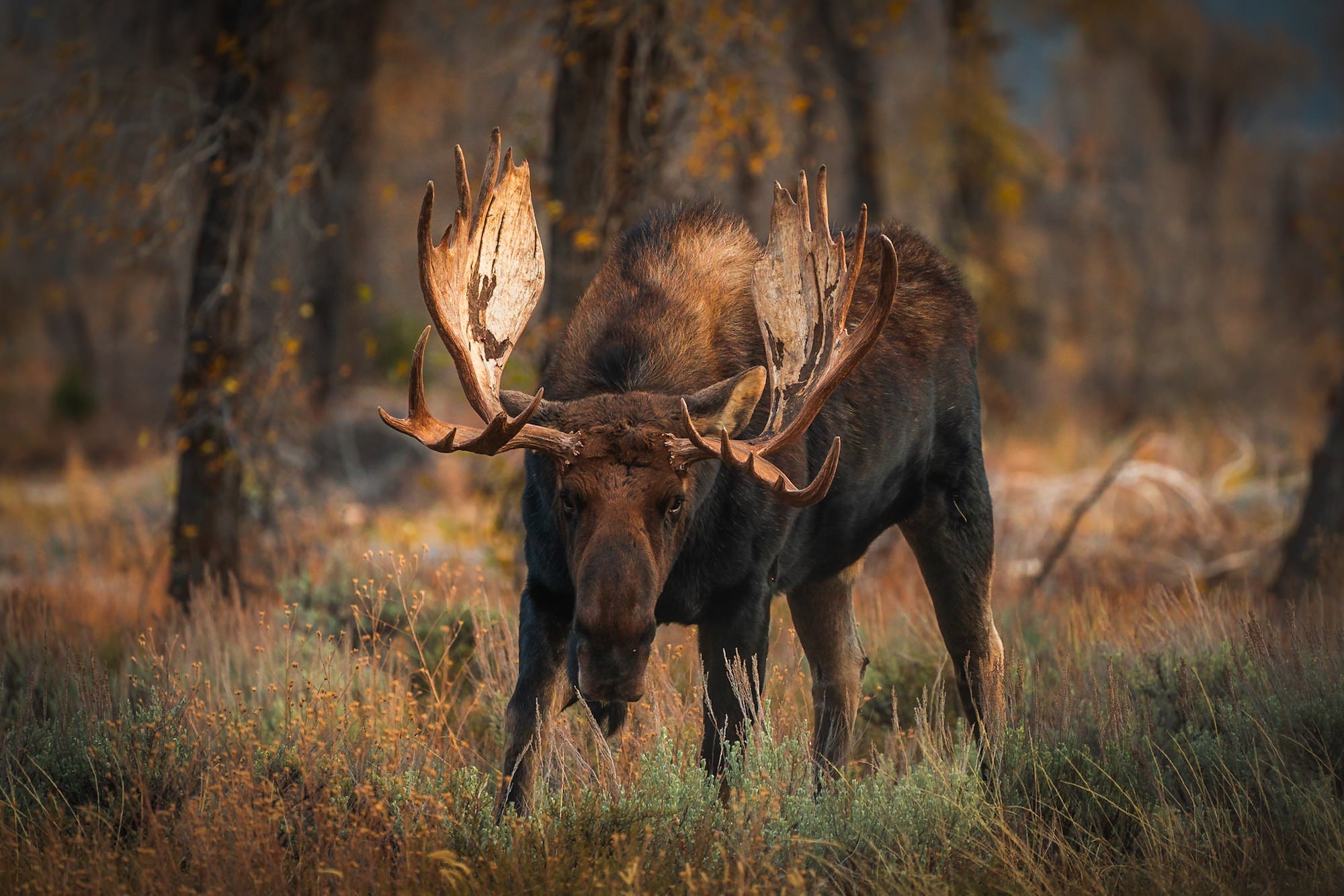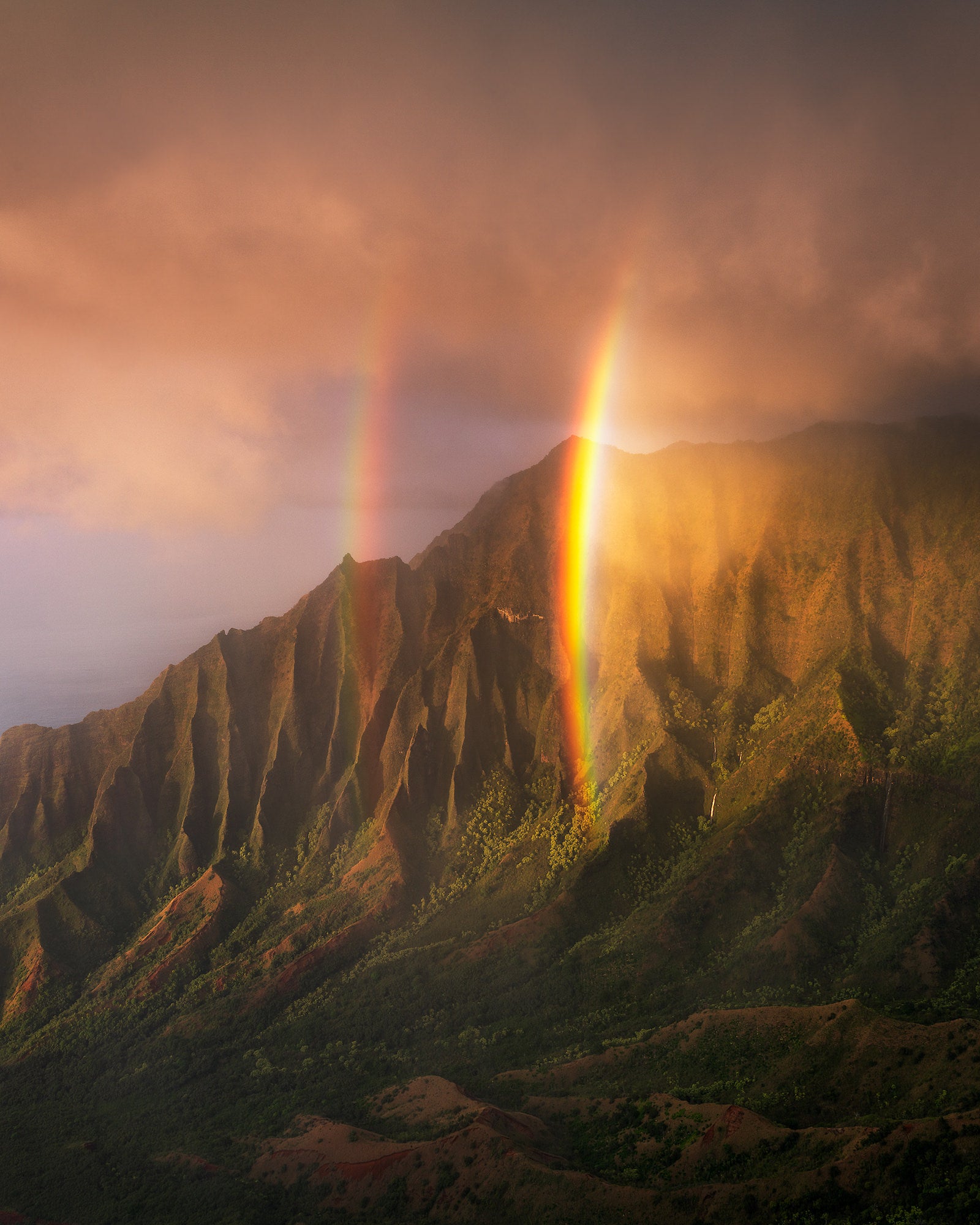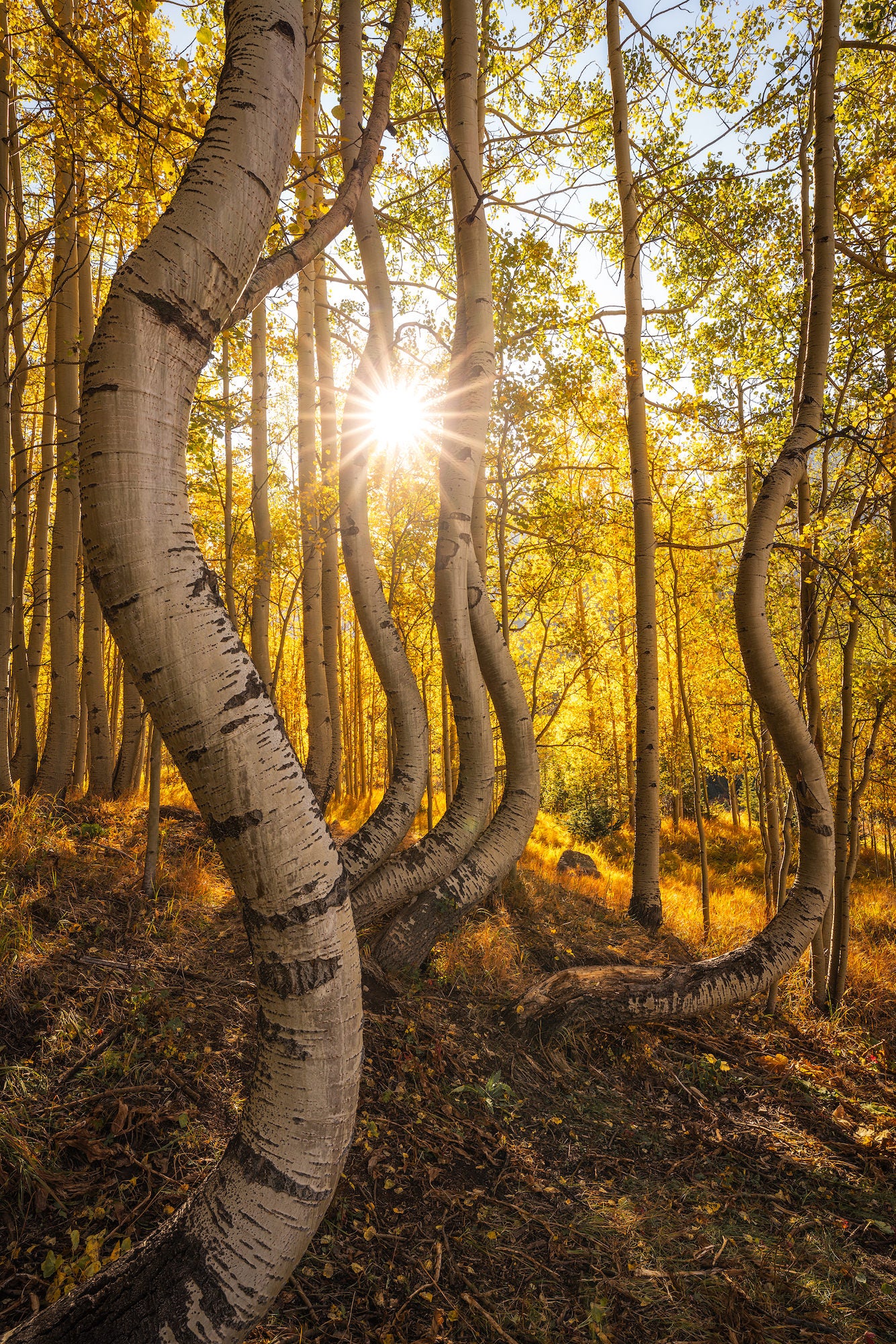We connect with Colorado-based landscape and nature photographer David Erichsen (@david_erichsen_photo) to learn more about the Sony Alpha cameras, Sony lenses and more that he uses for his photography.
Landscape and nature photographer David Erichsen (@david_erichsen_photo) believes that the beauty that exists naturally in our world is more breathtaking than anything we can possibly dream of. “Trying to capture it is what drew me into landscape photography. I primarily chase sensationalist scenes ranging from the northern lights glowing over rugged peaks within the Arctic circle to volcanic eruptions high in the Guatemalan forests to tornadic supercells whipping through the northern plains of the US. No photo can fully convey what it feels like to witness these magnificent events, but the pursuit of capturing it is why I shoot.”
See why this landscape and nature photographer packs two Alpha 7R III’s and four essential Sony lenses in his bag.
Erichsen has been shooting exclusively with Sony gear since 2017. “This is when I picked up my first camera, a Sony Alpha 6000, while living in South Florida,” he says. “I immediately became fascinated with how much light affects the depth and mood in any scene. I started shooting every weekend and before long my vacations were built around photography. In 2019 I found my permanent home in Boulder, CO and have since traveled all over the world seeking every adventure I can find.” He shows us a closer look at the gear you’ll find in his photography kit. See more on what’s in his bag and why below.
Cameras
Sony Alpha 7R III: There are so many great camera bodies from the Sony lineup to choose from, but for me, the Sony Alpha 7R III was the perfect fit. The impressive dynamic range allows me to often shoot sunsets within a single shot when using highlight metering. The 42mp sensor allows me to have incredible RAW files that I can process for prints of any size and the low-noise performance when working at a higher ISO still yields 2x3 foot Milky Way prints with ease. And of course, if I ever want to put a poster on the side of a barn, pixel shift mode allows me to virtually get almost 200mp files!
Sony Alpha 7R III: Yes, I like them so much I have two! My second body is for time lapses or in situations where I can’t decide whether I want to shoot tight or wide.

Photo by David Erichsen. Sony Alpha 7R III. Sony 16-35mm f/2.8 G Master. 10-sec., f/2.8, ISO 6400
Lenses
Sony 100-400mm f/4.5-5.6 G Master: As a landscape photographer having this lens sometimes feels like having a super power. I was shooting with some friends just the other day at the Kilauea overlook in Volcanoes National park. I was probably a good mile away from the lava lake but was still able to capture crisp, full frame shots. I also love that it allows me to dabble with wildlife photography. Lastly, the ability to really zoom into a scene while out in the field allows me to get creative on bluebird days when the clouds do not cooperate.

Photo by David Erichsen. Sony Alpha 7R III. Sony 100-400mm f/4.5-5.6 G Master. 15-sec., f/7.1, ISO 1600

Photo by David Erichsen. Sony Alpha 7R III. Sony 100-400mm f/4.5-5.6 G Master. 1/400-sec., f/5.6, ISO 800
Sony 24-105mm f/4 G: I absolutely love this lens. I started with the Zeiss 24-70 and am really grateful for the extra 35mm this variation gives me. This lens is unbelievably sharp and is my go to on hikes or whenever I can only take one with me. Even when I have my entire bag with me, I still find that this is often my go-to. I often use it on aerials, lightning and mountain scenes.

Photo by David Erichsen. Sony Alpha 7R III. Sony 24-105 f/4 G. 1/5-sec. f/16, ISO 160
Sony 12–24mm f/4 G: Sony truly broke ground with the release of this lens leaving all my non-Sony friends jealous in situations where you truly need those extra two millimeters. This thing is an absolute beast under the aurora, photographing storms, chasing waterfalls and whenever I’m trying to find a unique composition in an ordinary setting. The 12mm really gives you an edge above all other lenses and being able to zoom up to 24 also allows me to not waste any pixels on cropping in later on.

Photo by David Erichsen. Sony Alpha 7R III. Sony 12–24mm f/4 G. 1/10-sec. f/16, ISO 100
Sony 14mm f/1.8 G Master: This is the newest edition to my bag and I will hopefully be sharing some images I take of the aurora and storms in the coming months. My goal is to be able to get sub 1” aurora bands and am super excited to see what this lens is going to be able to pull off!
Accessories
Goal Zero USB Lantern/headlamp/light cube: What I love about the Goal Zero lantern is that one or both sides of it can be dimmed from off to its full brightness. Usually I’ll use it to subtly light paint the foreground in a dark astro scene. A headlamp is a necessity for any dark trail hiking and the cube allows me to get creative with my night time lighting.
Extra batteries: I sometimes go days at a time without having access to a proper wall charger or will shoot for 10 hours straight in the cold winter nights of the arctic Alaska tundra. Despite the impressive longevity of the batteries, having at least two extra batteries for each camera is extremely important.
Snacks + Water: I know it might seem silly to mention the obvious, but I don’t go anywhere under any exception without some extra fuel for the body. I never want to be forced to leave a beautiful scene because of dehydration or hunger and don’t want to limit myself from being able to explore longer.
Patagonia Houdini Jacket: In the Rocky Mountains you never know when an afternoon rainstorm is going to sneak up but you also don’t want to take up too much space in your bag. This jacket packs down to the size of a tennis ball. The burnt orange color is also a great addition whenever I want to place myself in a shot.
Atlas Photography Bag: I will be the first to admit that I am tough on gear which is why the Atlas bag has found a home with me. I bring it through a variety of extreme conditions, have thrown it in countless overhead compartments and it still functions perfectly. It has a modular compartment system and boasts a variety of pockets that keep me organized.
Peak Design Travel Tripod: This little thing is great. When I’m chasing storms or the aurora, I need something with a low profile that I can keep my camera attached to for quick use.
Nisi filters: I frequently use a polarizer while I’m shooting and often will make use of a 6-stop ND during sunset or sunrise shoots as well.
Three-Legged Thing L Brackets: I like switching to portrait orientation a lot and these are a must have accessory that allows you to switch between orientations very quickly.
See more of David Erichson’s work on Instagram @david_erichsen_photo.




